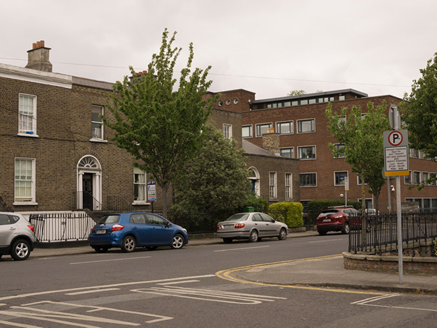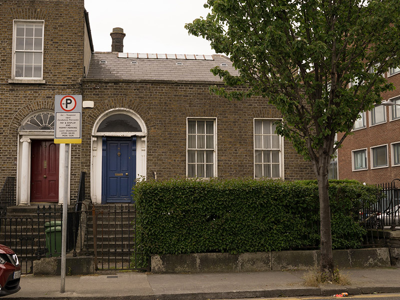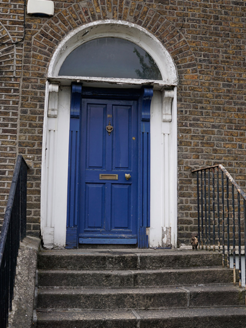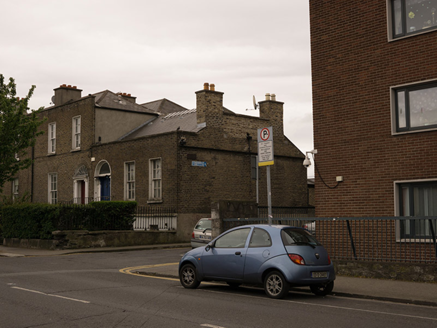Survey Data
Reg No
50110272
Rating
Regional
Categories of Special Interest
Architectural, Artistic
Original Use
House
In Use As
House
Date
1840 - 1860
Coordinates
315355, 233064
Date Recorded
30/04/2017
Date Updated
--/--/--
Description
Corner-sited end-of-terrace three-bay single-storey house over basement, built c. 1850, having return to rear (west) elevation. Hipped slate roof with brown brick parapet having cut granite coping. Brown brick chimneystacks. Brown brick, laid in Flemish bond, to wall to front (east) elevation, laid in English garden wall bond to north and rear elevations. Cut granite plinth course and lined-and-ruled rendered basement walls. Square-headed window openings with rendered reveals and granite sills. Six-over-six pane and two-over-two pane timber sliding sash windows. Some timber panelled shutters visible to interior. Round-headed door opening having moulded render surround. Doorcase comprising paired fluted pilasters and console brackets. Plain fanlight and timber panelled door. Granite steps with cast-iron bootscrape to platform, and wrought-iron railings. Square-headed basement door having timber battened door set to steps. Cast-iron gate with fleur-de-lis finials and matching railings on carved granite plinth wall to front. Smooth rendered garden wall and attached single-storey outbuilding to rear.
Appraisal
This house makes an eye-catching contribution to the streetscape, set at the end of a terrace of taller houses. The façade is enhanced by the retention of the classically influenced doorcase and well-maintained timber sliding sash windows. Heytesbury Street, named after Baron Heytesbury, Viceroy 1844-6, was first laid out in 1846 and was nearing completion by 1861. The streetscape maintains much of its original character, with well-preserved classically-influenced brick houses, many with Greek revival details, creating a strong sense of rhythm and order.







